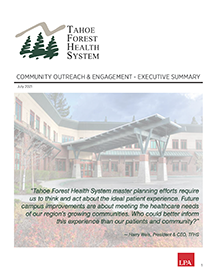What is a facelift?
A facelift, also known as rhytidectomy, is a surgical procedure that improves visible signs of aging in the face and neck. A facelift can treat the relaxation of the skin of the face that causes sagging, deepening of the fold lines between the nose and corner of the mouth, fat that has fallen or has disappeared, and loose skin and excess fat of the neck that can appear as a double chin.
What is the facelift procedure like?
Anesthesia will be administered so that you will be comfortable during the facelift procedure. The incision begins in the hairline at the temples, continues around the ear, and ends in the lower scalp. Fat can be sculpted or redistributed from the face, jowls and neck and underlying tissue is re-positioned, and often the deeper layers of the face and the muscles are lifted. Skin is tightened over the uplifted contours, and excess skin is trimmed away. A second incision under the chin may be necessary to further improve an aging neck.
The incisions are closed with sutures that may dissolve or may need to be removed after a few days. Skin glues may also be used to seal the incisions.
What should I expect during recovery?
Following facelift surgery, a bandage may be placed around your face to minimize swelling and bruising. Small tubes may be present to draw off any excess blood or fluid. When the swelling and bruising subside, the visible improvements of a facelift will begin to appear. The incision lines from a facelift are well concealed within the hairline and in the natural contours of the face and ear. When healing is complete, the result should restore a more youthful and rested appearance.
Who is a good candidate for facelift surgery?
Facelift surgery is a highly individualized procedure. Healthy individuals who do not have medical conditions that impair healing, are nonsmokers, and who have a positive outlook and realistic expectations are good candidates for a facelift.


